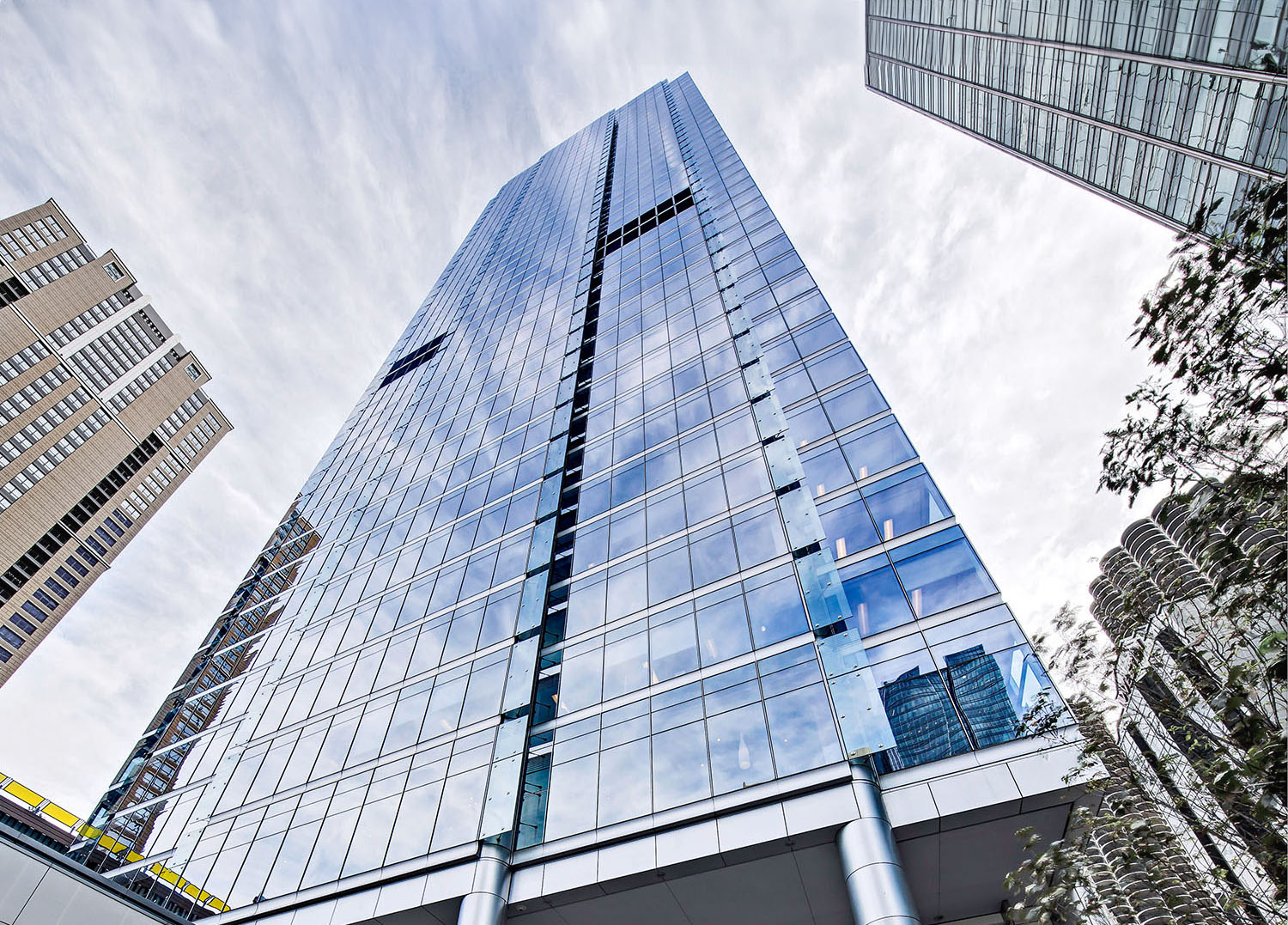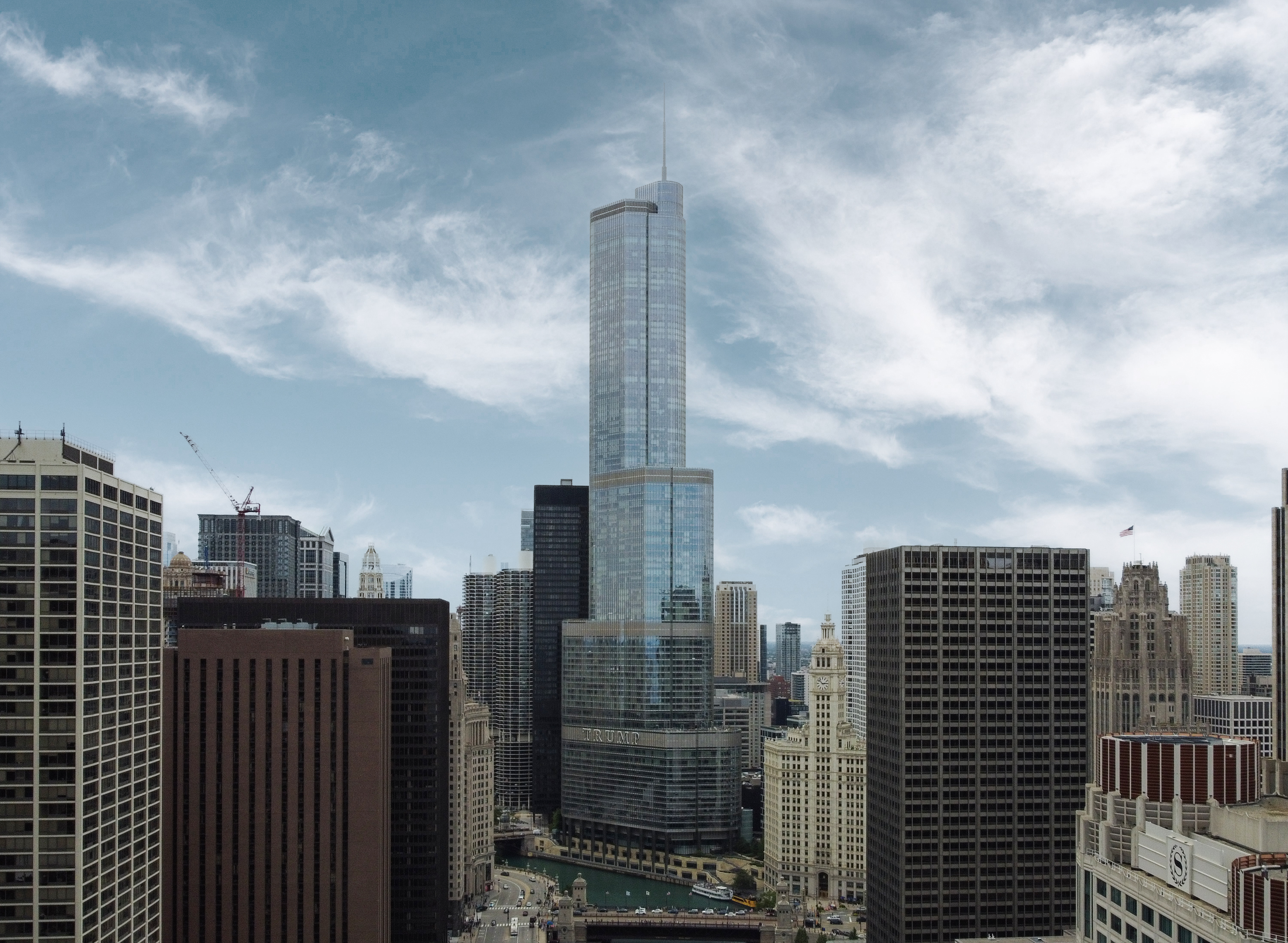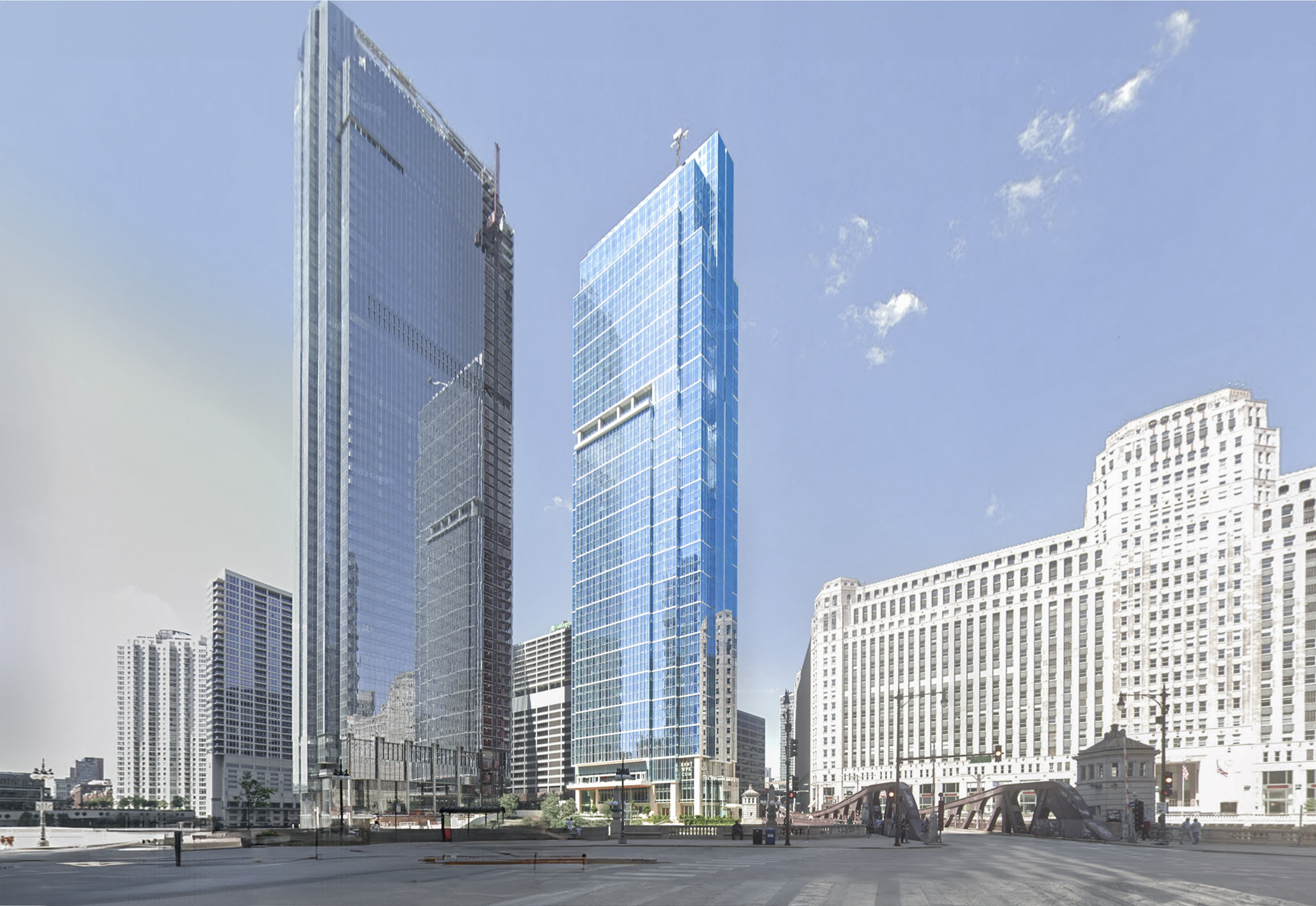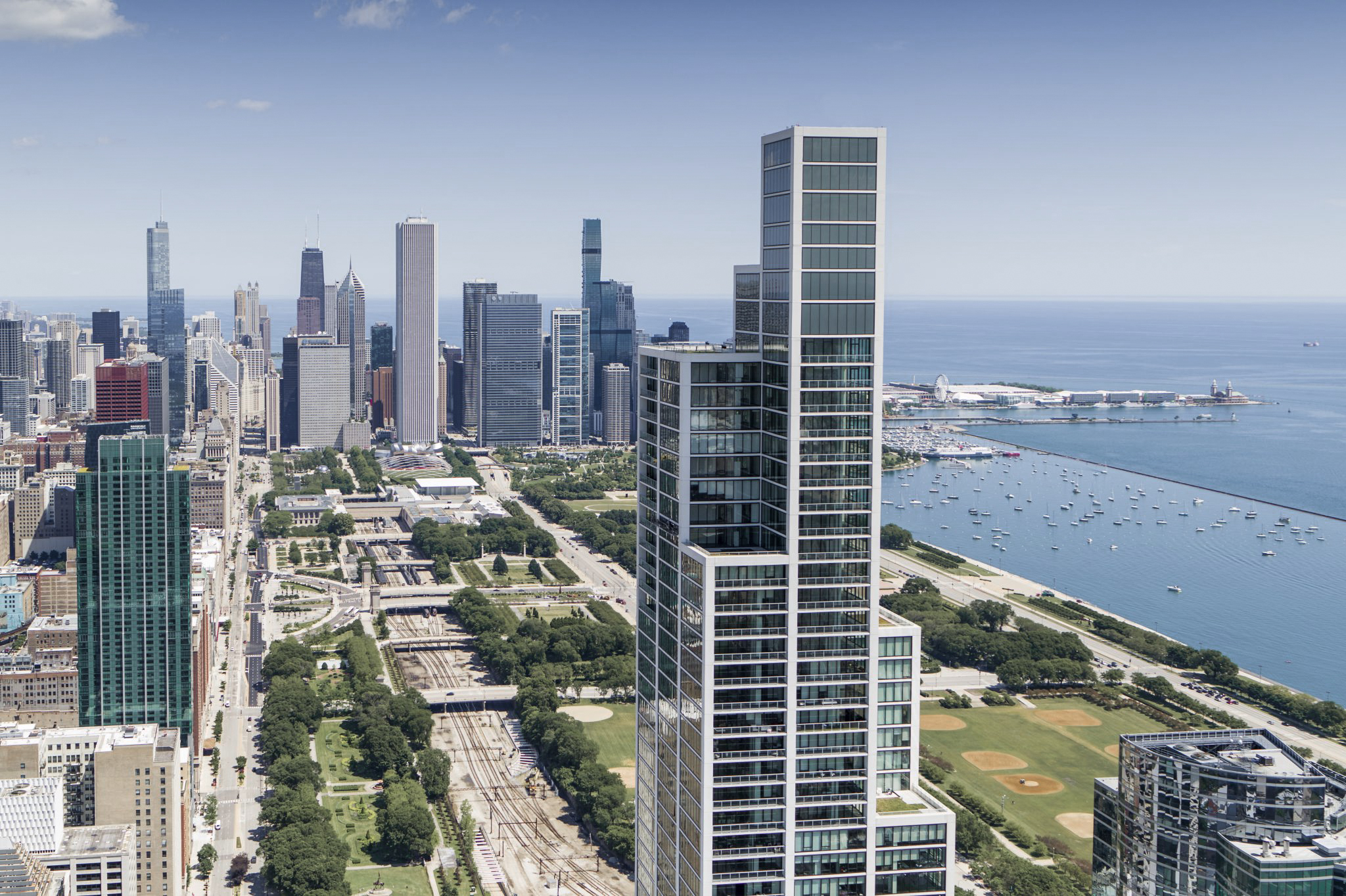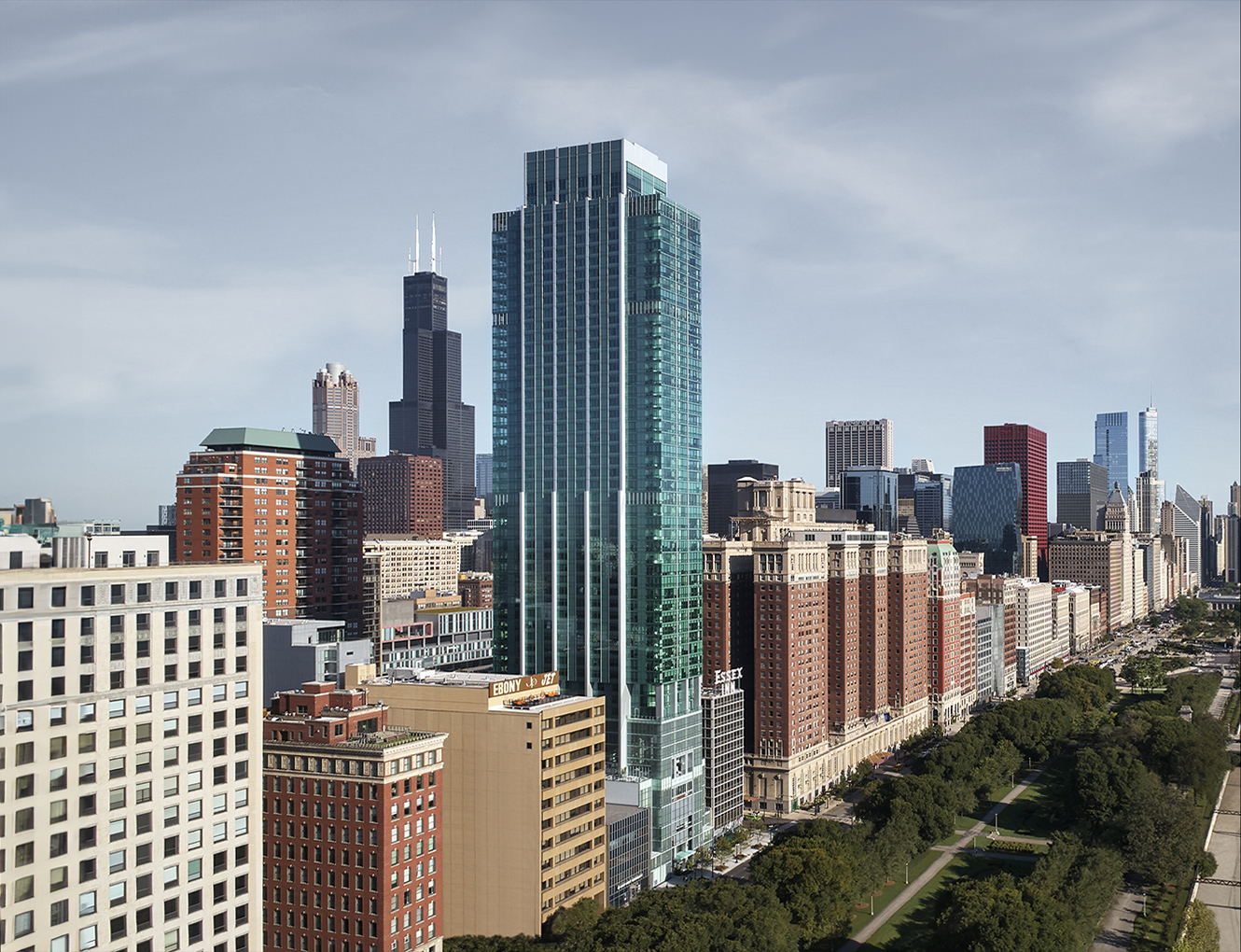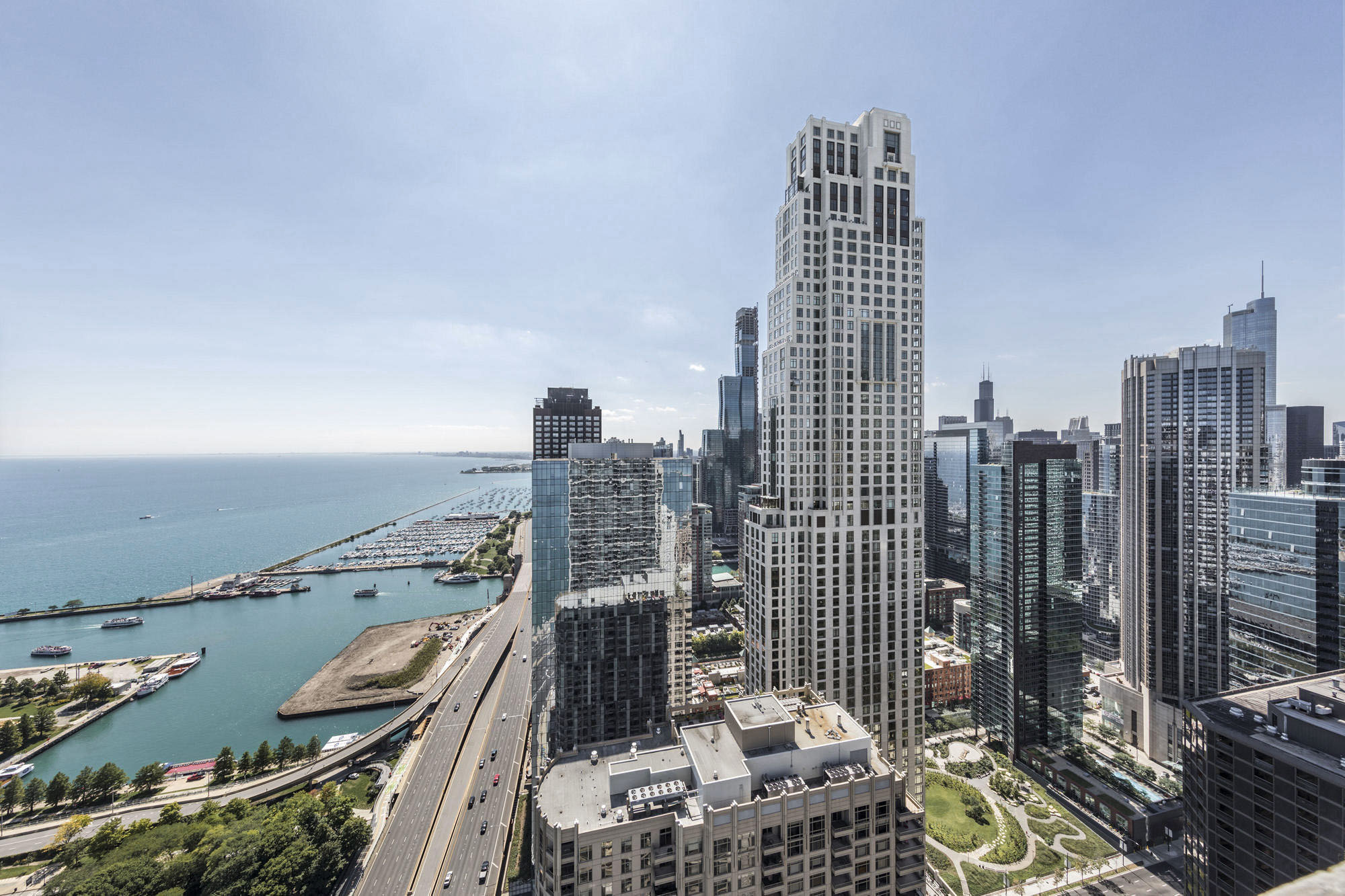The 353 North Clark St Building is a Contemporary skyscraper designed by Lohan Anderson, with Dirk Lohan as lead architect, and built between 2006 and 2009 in Chicago, IL.
Its precise street address is 353 North Clark St, Chicago, IL. You can also find it on the map here.
